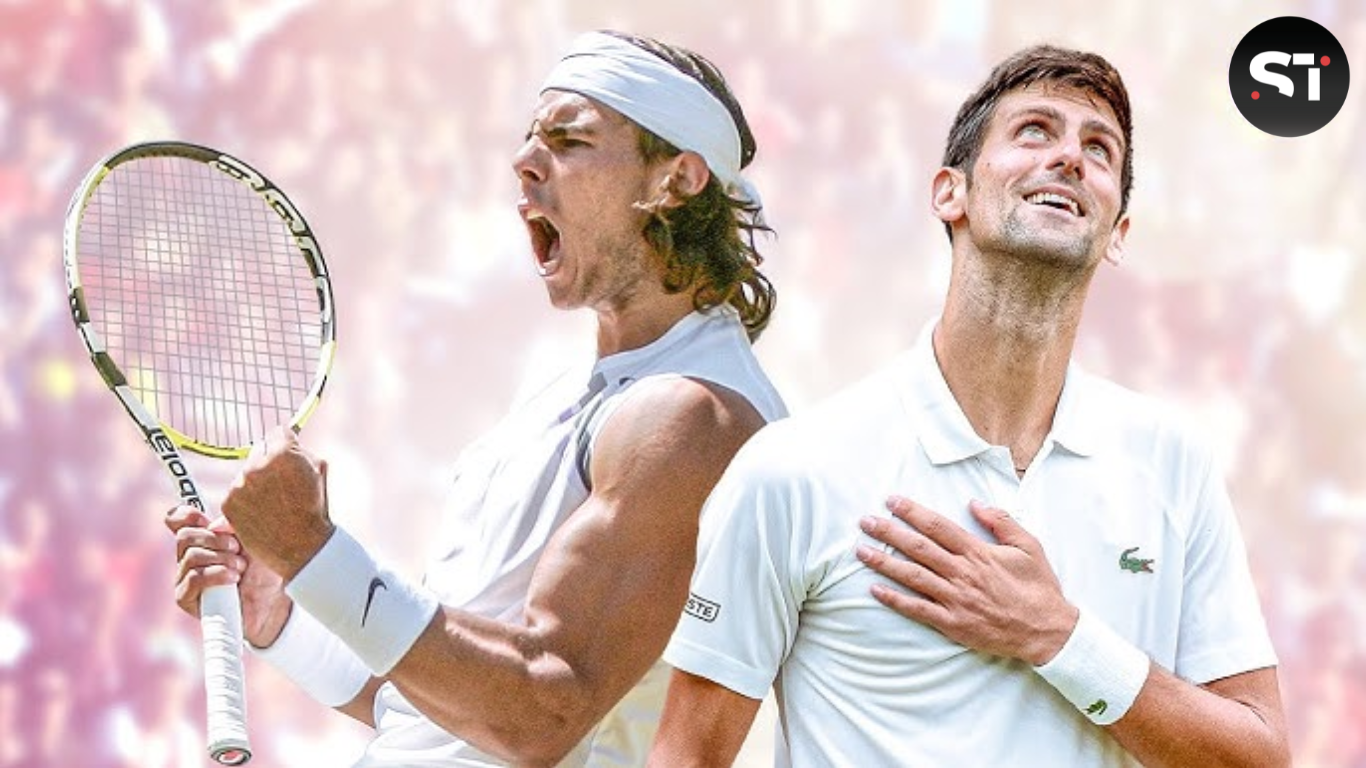Wimbledon stands as the pinnacle of tennis, a tournament rich in history and tradition. Get to know more about The Evolution of Wimbledon Spectacle.
Each year, it captivates audiences worldwide, but its journey from a modest Victorian pastime to a global spectacle is a story worth telling.
Let’s dive into how Wimbledon transformed from its humble beginnings into the grand event it is today.
Origins and Early Years
The Birth of Wimbledon
Wimbledon’s origins trace back to 1877 when the All England Croquet Club, seeking to attract more spectators and revenue, introduced lawn tennis.

The first Wimbledon Championship was a small affair with just 22 male competitors. It was more of a leisurely Victorian pastime than a major sporting event, held on a croquet lawn.
The Victorian Influence
The Victorian era’s strict societal norms heavily influenced Wimbledon’s early years. Players dressed in long trousers and skirts, and spectators followed a strict dress code.

It was a genteel affair where sportsmanship took precedence over fierce competition. But even then, the foundation was being laid for what Wimbledon would become.
The Early 20th Century: Establishing Traditions
The Emergence of Traditions
As Wimbledon entered the 20th century, it started to establish the traditions that are still cherished today.
In 1902, the iconic Centre Court was built, providing a more permanent venue.

The ladies’ singles event, introduced in 1884, was a significant step, reflecting the gradual inclusion of women in competitive sports.
The Championships Grow
The early 20th century saw an influx of international competitors, signaling Wimbledon’s growing reputation beyond Britain.

Players from the US, France, and Australia brought new styles and strategies, and legendary players like Suzanne Lenglen and Bill Tilden began to dominate, elevating the tournament’s profile.
Post-War Era: Modernization and Media Attention in The Evolution of Wimbledon Spectacle
Technological Advances in The Evolution of Wimbledon Spectacle
The post-World War II era brought technological advances that helped in The Evolution of Wimbledon Spectacle. Television broadcasts started in 1937, allowing millions to watch the tournament from their homes.

This was a turning point, helping Wimbledon transition from a national event to a global spectacle.
The advent of color TV in the 1960s made the lush green lawns and players’ white attire even more striking.
Professionalism and Prize Money
The Open Era, beginning in 1968, was a major shift. Professional players could now compete alongside amateurs, raising the competition level and attracting top talent globally.

Substantial prize money was introduced, making Wimbledon not only prestigious but also lucrative.
These changes were pivotal in transforming tennis into a fully professional sport.
The Modern Era: Global Reach and Technological Innovation
Expanding the Audience Helped in The Evolution of Wimbledon Spectacle
Wimbledon’s audience grew throughout the late 20th and early 21st centuries, thanks to embracing new technologies.

The launch of the Wimbledon website in the 1990s and social media in the 2000s gave fans unprecedented access to real-time scores, player interviews, and behind-the-scenes content.
These innovations helped Wimbledon engage with a global audience, making it a true global spectacle.
Sustainability and Innovation
In recent years, Wimbledon has made significant strides in sustainability and innovation.
The installation of retractable roofs on Centre Court and No. 1 Court means matches can continue despite rain, a common issue given London’s weather.

Wimbledon has also invested in eco-friendly initiatives, such as banning plastic straws and reducing its carbon footprint, showing its commitment to environmental sustainability.
Iconic Moments and Legendary Players
Memorable Matches
Wimbledon’s history is filled with iconic moments and legendary players.

From Björn Borg and John McEnroe’s epic 1980 final to Roger Federer and Rafael Nadal’s marathon match in 2008, these moments have captivated audiences and defined eras.
Each match showcased the highest level of tennis and highlighted the sport’s evolving nature.
Champions and Records
Numerous champions have become household names through Wimbledon.

Players like Serena Williams, who has dominated the women’s game, and Roger Federer, whose grace and skill set new standards, embody Wimbledon’s spirit of excellence.
Their achievements inspire aspiring tennis players and contribute to the tournament’s storied legacy.
Cultural Impact and Global Influence in The Evolution of Wimbledon Spectacle
Wimbledon in Pop Culture
Wimbledon’s influence extends beyond sports into popular culture. The tournament features in films, books, and music, reflecting its status as a cultural icon.

Celebrities and royals attending matches add to the tournament’s glamour, making it a must-see event not just for sports fans but for anyone interested in high society and entertainment.
Global Outreach
Wimbledon’s commitment to global outreach is evident in its charitable initiatives and community programs.
The Wimbledon Foundation supports numerous local and international causes, using the tournament’s global platform to make a positive impact.

This commitment to social responsibility enhances Wimbledon’s reputation as not just a premier sporting event, but also a force for good in the world.
Suggested Read: NCAA Agrees to $2.8 billion Settlement in Landmark Antitrust Lawsuit
Final Thoughts!
The Evolution of Wimbledon Spectacle from a Victorian pastime to a global spectacle showcases its enduring appeal and adaptability.
The tournament has navigated changes in technology, societal norms, and the sports industry, continually reinventing itself while maintaining its core traditions.
As Wimbledon looks to the future, it will undoubtedly continue setting the standard for excellence in tennis and remain a cherished event for generations to come.
This remarkable evolution is not just the history of a tournament but a broader story of how sports can unite and inspire people worldwide.






[…] Suggested Read: The Evolution of Wimbledon: From Victorian Pastime to Global Spectacle […]